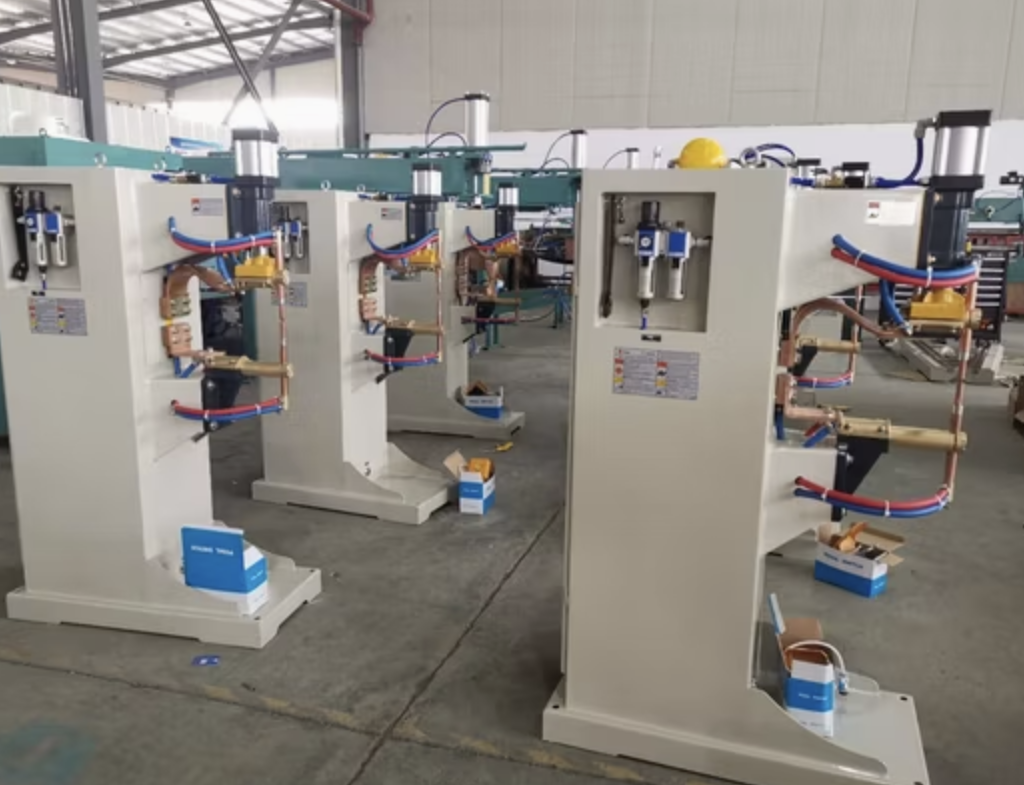
Posted on Tuesday, April 2, 2024
Welding is a cornerstone of modern manufacturing, particularly in industries where precision, strength, and durability are critical. The aerospace and automotive sectors rely heavily on welding technology to produce components that meet stringent safety and performance standards. This blog explores the real-world applications of welding in these industries, highlighting how advanced techniques and equipment enable innovation and efficiency.
The aerospace industry demands impeccable quality and reliability, as welded components must endure extreme conditions, such as high temperatures, intense pressure, and vibrations. Welding plays a crucial role in manufacturing aircraft, rockets, and satellites.
Key Applications:
In the automotive sector, welding is a driving force behind vehicle production. As manufacturers transition to lighter materials and electric vehicles, welding methods continue to evolve.
Key Applications:
Q: What is TIG welding, and why is it used in aerospace applications?
A: TIG (Tungsten Inert Gas) welding is a precise technique that uses a tungsten electrode and inert gas to weld metals. It's ideal for aerospace due to its ability to join thin and delicate materials like titanium and aluminum with high-quality results.
Q: What are the benefits of robotic welding in automotive production?
A: Robotic welding ensures consistent weld quality, reduces production time, and enhances worker safety by automating repetitive tasks in high-volume automotive manufacturing.
Q: What is electron beam welding, and how is it used in spacecraft?
A: Electron beam welding uses a focused beam of electrons to join materials in a vacuum. This technique is essential in spacecraft construction to create airtight and strong joints for lightweight metals.
Q: How does laser welding improve the production of electric vehicles?
A: Laser welding offers precise, fast, and clean welds, making it suitable for assembling battery cases and lightweight frames in electric vehicles.
What is welding’s role in aerospace and automotive innovation?
Welding enables the creation of lightweight, strong, and efficient components, driving advancements in design and performance for both industries.
What are the most common welding techniques in aerospace and automotive sectors?
Techniques like TIG, MIG, resistance welding, and laser welding are widely used due to their precision, speed, and adaptability to various materials.
Welding is at the heart of aerospace and automotive industries, enabling manufacturers to meet the demands of safety, efficiency, and innovation. From joining lightweight materials in aircraft to crafting durable components in vehicles, welding technology continues to push the boundaries of what’s possible. As industries evolve, the demand for advanced welding equipment and techniques will only grow, cementing its importance in shaping the future of manufacturing.

Understanding Coil IDs, Mandrel Sizing, and Shear Pin Safety in Uncoilers
Posted on Wednesday, October 1, 2025
Mismatched sizes can lead to machine damage, downtime, and safety hazards — often evidenced by a shear pin failure.

How Coil Tensile Strength Affects Roll Forming and How to Adjust Your Machine
Posted on Wednesday, October 1, 2025
Changes in tensile strength can significantly affect the finished profile, causing misaligned bends, uneven edges, and out-of-spec parts.

Why Paint Cracks on an Embossing Line Running Pre-Painted Coil and How to Prevent It
Posted on Wednesday, October 1, 2025
This issue not only affects the visual quality of the product but can also lead to increased scrap rates and customer complaints.

The Most Popular Standing Seam Metal Roof Panels in the U.S. — A Comprehensive Guide
Posted on Monday, September 29, 2025
In this post, we’ll explore what panel styles and sizes are most popular in the U.S